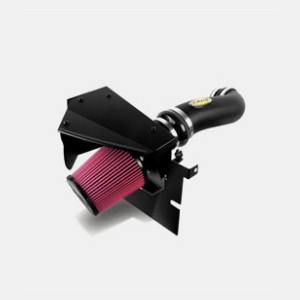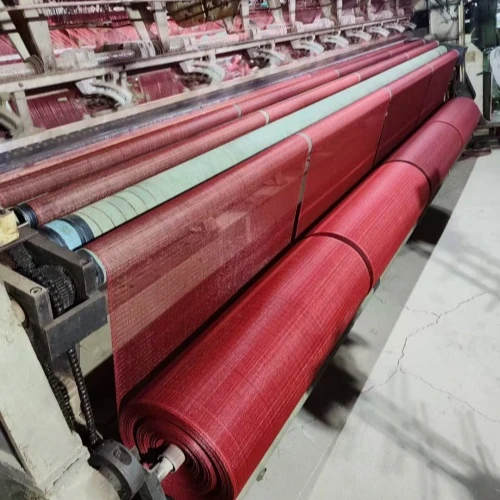-
 Afrikaans
Afrikaans -
 Albanian
Albanian -
 Amharic
Amharic -
 Arabic
Arabic -
 Armenian
Armenian -
 Azerbaijani
Azerbaijani -
 Basque
Basque -
 Belarusian
Belarusian -
 Bengali
Bengali -
 Bosnian
Bosnian -
 Bulgarian
Bulgarian -
 Catalan
Catalan -
 Cebuano
Cebuano -
 China
China -
 Corsican
Corsican -
 Croatian
Croatian -
 Czech
Czech -
 Danish
Danish -
 Dutch
Dutch -
 English
English -
 Esperanto
Esperanto -
 Estonian
Estonian -
 Finnish
Finnish -
 French
French -
 Frisian
Frisian -
 Galician
Galician -
 Georgian
Georgian -
 German
German -
 Greek
Greek -
 Gujarati
Gujarati -
 Haitian Creole
Haitian Creole -
 hausa
hausa -
 hawaiian
hawaiian -
 Hebrew
Hebrew -
 Hindi
Hindi -
 Miao
Miao -
 Hungarian
Hungarian -
 Icelandic
Icelandic -
 igbo
igbo -
 Indonesian
Indonesian -
 irish
irish -
 Italian
Italian -
 Japanese
Japanese -
 Javanese
Javanese -
 Kannada
Kannada -
 kazakh
kazakh -
 Khmer
Khmer -
 Rwandese
Rwandese -
 Korean
Korean -
 Kurdish
Kurdish -
 Kyrgyz
Kyrgyz -
 Lao
Lao -
 Latin
Latin -
 Latvian
Latvian -
 Lithuanian
Lithuanian -
 Luxembourgish
Luxembourgish -
 Macedonian
Macedonian -
 Malgashi
Malgashi -
 Malay
Malay -
 Malayalam
Malayalam -
 Maltese
Maltese -
 Maori
Maori -
 Marathi
Marathi -
 Mongolian
Mongolian -
 Myanmar
Myanmar -
 Nepali
Nepali -
 Norwegian
Norwegian -
 Norwegian
Norwegian -
 Occitan
Occitan -
 Pashto
Pashto -
 Persian
Persian -
 Polish
Polish -
 Portuguese
Portuguese -
 Punjabi
Punjabi -
 Romanian
Romanian -
 Russian
Russian -
 Samoan
Samoan -
 Scottish Gaelic
Scottish Gaelic -
 Serbian
Serbian -
 Sesotho
Sesotho -
 Shona
Shona -
 Sindhi
Sindhi -
 Sinhala
Sinhala -
 Slovak
Slovak -
 Slovenian
Slovenian -
 Somali
Somali -
 Spanish
Spanish -
 Sundanese
Sundanese -
 Swahili
Swahili -
 Swedish
Swedish -
 Tagalog
Tagalog -
 Tajik
Tajik -
 Tamil
Tamil -
 Tatar
Tatar -
 Telugu
Telugu -
 Thai
Thai -
 Turkish
Turkish -
 Turkmen
Turkmen -
 Ukrainian
Ukrainian -
 Urdu
Urdu -
 Uighur
Uighur -
 Uzbek
Uzbek -
 Vietnamese
Vietnamese -
 Welsh
Welsh -
 Bantu
Bantu -
 Yiddish
Yiddish -
 Yoruba
Yoruba -
 Zulu
Zulu
Jan . 10, 2025 10:11
Back to list
High Quality Farm Shade Net for Agriculture
In many parts of the world, extreme weather conditions are threatening agricultural practices. With rising temperatures and unpredictable rainfall patterns, farmers are continually searching for innovative solutions to protect crops and enhance productivity. A significant invention that has shown promise in recent years is the use of shade nets for farming.
Furthermore, the expertise in implementing shade nets doesn't just stop at choosing the right percentage; it involves strategic placement as well. The orientation of the shade net can influence its effectiveness. Positioning the net to capitalize on morning sunlight while avoiding harsh afternoon rays can create optimal growing conditions. A seasoned agronomist once advised us to regularly check the tension of the nets, ensuring they are taut and stable, which prevents them from sagging and causing inconsistent shading. Authoritative research from agricultural institutions confirms the benefits of using shade nets. Studies indicate that apart from providing protection, shade nets help in water conservation by reducing evaporation rates. This is particularly advantageous in arid and semi-arid regions where water scarcity is prevalent. In addition, the nets serve as a barrier against pests and birds, reducing the reliance on chemical pesticides, thus promoting more organic farming practices. Trustworthiness in this regard also stems from the eco-friendly nature of shade nets. Many manufacturers are now focusing on producing recyclable and long-lasting nets, aligning with sustainable farming practices. Checking for certifications and reviews when purchasing these nets can further assure farmers of their quality and durability. Overall, the use of shade nets in farming represents a potent solution for today's agricultural challenges. By employing this innovative approach, farmers not only protect their crops but also enhance their yields significantly. The balance achieved between expert knowledge, practical experiences, and evidence-based recommendations highlights the value shade nets bring to modern agriculture. Investing in high-quality, suitable shade nets is a step towards more sustainable and successful farming in an ever-changing climate.


Furthermore, the expertise in implementing shade nets doesn't just stop at choosing the right percentage; it involves strategic placement as well. The orientation of the shade net can influence its effectiveness. Positioning the net to capitalize on morning sunlight while avoiding harsh afternoon rays can create optimal growing conditions. A seasoned agronomist once advised us to regularly check the tension of the nets, ensuring they are taut and stable, which prevents them from sagging and causing inconsistent shading. Authoritative research from agricultural institutions confirms the benefits of using shade nets. Studies indicate that apart from providing protection, shade nets help in water conservation by reducing evaporation rates. This is particularly advantageous in arid and semi-arid regions where water scarcity is prevalent. In addition, the nets serve as a barrier against pests and birds, reducing the reliance on chemical pesticides, thus promoting more organic farming practices. Trustworthiness in this regard also stems from the eco-friendly nature of shade nets. Many manufacturers are now focusing on producing recyclable and long-lasting nets, aligning with sustainable farming practices. Checking for certifications and reviews when purchasing these nets can further assure farmers of their quality and durability. Overall, the use of shade nets in farming represents a potent solution for today's agricultural challenges. By employing this innovative approach, farmers not only protect their crops but also enhance their yields significantly. The balance achieved between expert knowledge, practical experiences, and evidence-based recommendations highlights the value shade nets bring to modern agriculture. Investing in high-quality, suitable shade nets is a step towards more sustainable and successful farming in an ever-changing climate.
Latest news
-
The Sunshade Net Can Block Ultraviolet RaysNewsAug.11,2025
-
Main Application and Technology of Nylon ScreenNewsAug.11,2025
-
Green Anti UV Sunshade Net: The Perfect Combination of Ecological Friendliness and Practical PerformanceNewsAug.11,2025
-
Explore the Sunshade NetNewsAug.11,2025
-
Application and Development of Nylon Screen in Fuel Processing and TreatmentNewsAug.11,2025
-
Application and Advantages of Nylon Screen for AquacultureNewsAug.11,2025











